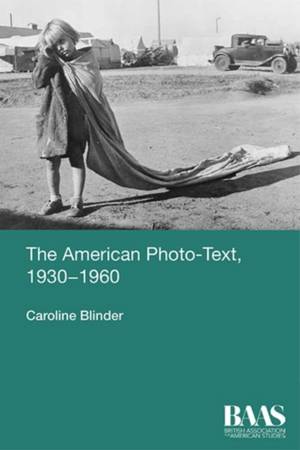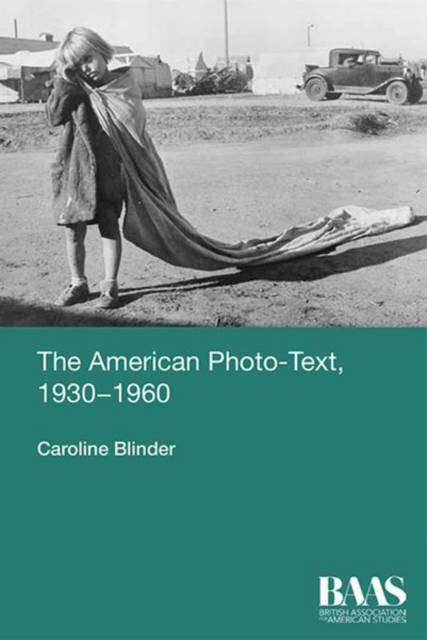
- Retrait gratuit dans votre magasin Club
- 7.000.000 titres dans notre catalogue
- Payer en toute sécurité
- Toujours un magasin près de chez vous
- Retrait gratuit dans votre magasin Club
- 7.000.000 titres dans notre catalogue
- Payer en toute sécurité
- Toujours un magasin près de chez vous
Description
Focuses on the intersections between text and photography in the twentieth-century American photo-text
This critical study of the American photo-text focuses on the interaction between text and images in twentieth-century American photography as well as the discourse surrounding image-text collaboration on a wider level. In looking at books designed as collaborative efforts between writers and photographers and by photographer/writers adding their own narrative text, it establishes the photo-text as a genre related to and yet distinct from other documentary efforts.
Ranging from documentary studies in the 1930s to post-war examinations of the American landscape, urban and rural, from Dorothea Lange's photographs of dispossessed migrants in American Exodus (1939), Weegee's small time hoodlums on the streets of New York in Naked City (1945), to Robert Frank's Cold War landscapes, this survey constitutes an invaluable entry into how we read the politics of twentieth-century American photography.
Key Features
Explores through a series of case studies some of the seminal photo-texts of the 1930s, 40s and 50s from documentary realism of the Depression years to post-war studies of the American landscapeExamines photo-texts by Doris Ulmann, Walker Evans, James Agee, Dorothea Lange, Margaret Bourke White, Wright Morris, Paul Strand, Roy DeCarava and Robert FrankEnables students and scholars of both American photography and literature to rethink the intersections between writing and photography in political as well as aesthetic termsSituates the various case studies with reference to the political, social and economic developments of the period Re-establishes the book form as particularly crucial for an understanding of American Documentary photography
Spécifications
Parties prenantes
- Auteur(s) :
- Editeur:
Contenu
- Nombre de pages :
- 264
- Langue:
- Anglais
- Collection :
Caractéristiques
- EAN:
- 9781474404105
- Date de parution :
- 13-02-19
- Format:
- Livre relié
- Format numérique:
- Genaaid
- Dimensions :
- 140 mm x 216 mm
- Poids :
- 430 g







